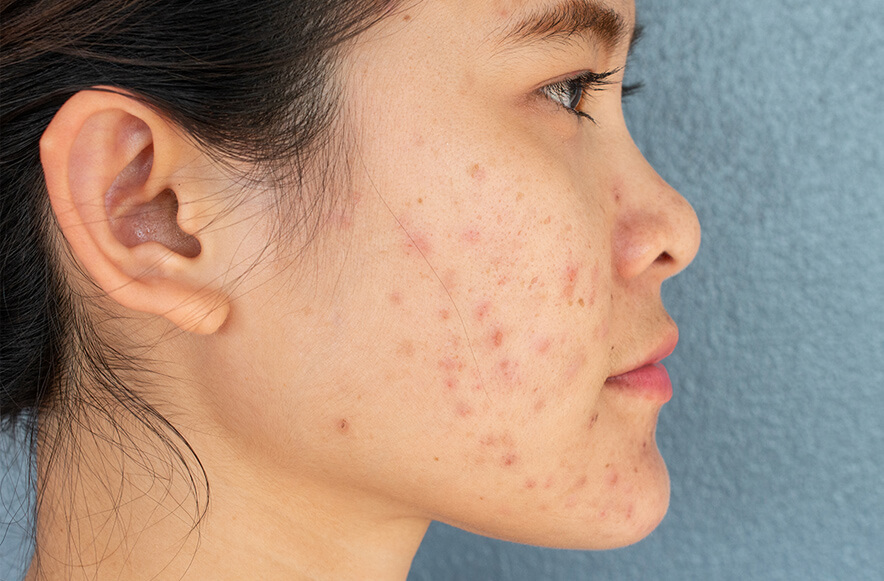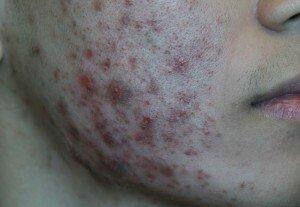“Doc, I am not a teenager anymore! Why do I still have such an outbreak?” This is a recurring question that I get from irate patients with adult acne.”
I have to inform them that around 20-40% of adults over the age of 25 still suffer from acne, in one form or another. Women have a higher rate of being affected by adult acne.
In my contact with patients & media articles, I gathered some of the common beliefs on Adult Acne:
- Acne in adulthood differs from the one during puberty.
- Adult acne occurs specifically around the jawline and chin area.
- Adult acne is associated with hormonal imbalances.
- Adult acne has fewer but bigger and more inflamed acne spots.
However, a large-scale international study on adult acne was published in October 2014. This study involved 374 adult females over the age of 25 from many countries including Singapore, Malaysia and Thailand, and it revealed some interesting findings:
- The data shows that 90% of facial acne distribution among the study subjects is similar to that of adolescent acne. This debunks the belief that adult acne is thought to occur only on specific locations of the face e.g. the jawline and chin area.
- It reveals that most of the women experienced an extension of the acne problem from the adolescent period, rather than an adult outbreak with no prior acne history at all.
- Most of the women involved in this study were not suffering from any hormonal disturbance. However, it did show that high-stress levels contributed to the severity of the acne condition. It is also interesting to note that no observations were made in regards to acne and dietary intake.
- Another interesting finding derived was that acne scarring (59.4%) and pigmentation (50.4%) were common in women aged 25-30 with a decrease in frequency in the older group i.e. 30 years and above.
Overall, this study has shed new and important insights into the problem of adult acne especially amongst women above 25 years old & above. Many unfounded myths were debunked!
Reference
1. Large-scale international study enhances understanding of an emerging acne population: acne females. B. Dreno D. Thiboutot, A.M Layton. et al. JEADV 2014


